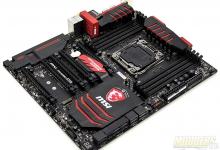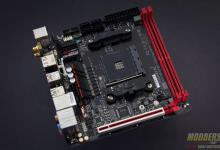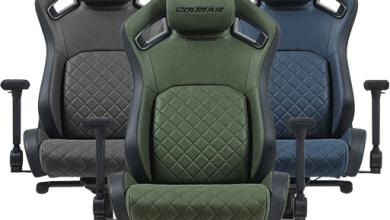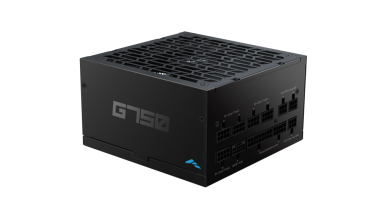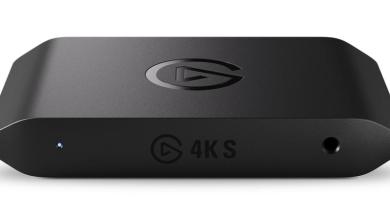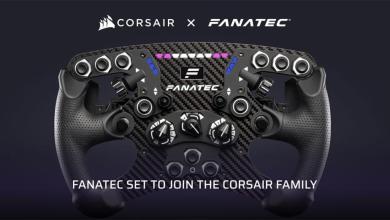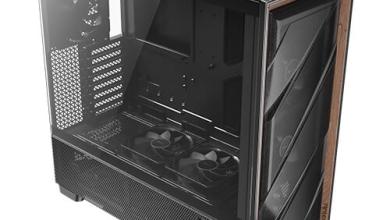MSI Z97 Gaming 9 AC: Jack of All Trades
Final Thoughts about the MSI Z97 Gaming 9 AC Motherboard
The MSI’s Z97 Gaming 9 AC is an all-in-one top end solution that seeks to elevate the gaming lifestyle beyond the conventions set by standard motherboards. It is ambitious in design incorporating the most advanced non-discrete front-panel audio ever integrated into the same motherboard PCB as well as having bundled an Intel-based m.2 via PCI-E Wi-Fi AC/Bluetooth module. At the same time, it also provides several overclocking features shared with its MSI OC-series cousins such as on-board buttons, voltage check points, CMOS reset, dual-BIOS switch and slow mode jumper. Even in the software front, the bundled 6-month X-split premium license is incredible value for any gamer wishing to broadcast, especially considering other companies offering the same deal provide a month or two of premium license at most.
The downside when you try to be many things to many people however is that inevitably, compromises have be made somewhere because pleasing everyone is impossible. I understand that there is also the reality of production costs and profitability when it comes to motherboard design where sometimes those compromises are a necessary act of cost-effective measure for the project to make sense economically. The safe bet would have been for MSI to make a separate audio card and bundle that with the Gaming 9 AC, which will also allow them to sell that component separately as an optional upgrade. That would have been easier from a technical aspect and from a marketing aspect, but that did not seem to be the goal of the Z97 Gaming 9 AC. This flagship gaming motherboard is more of a statement from MSI to other manufacturers and enthusiasts of how creative and cutting edge they can get.
The bold inclusion of a beefed up front DAC was an interesting move but the issue I had with this is that even if noise and distortion is not present in the processing and output stage on the motherboard, the front panel cable, PCB and output on typical cases are not optimized for high-quality output. A smarter, albeit costly solution is to provide a stand-alone shielded breakout box accessory for the front headphone and microphone so the fidelity is not compromised as it is going out. I am including the PCB on the front panel because most cases use a single PCB for both the audio connectors and USB connectors so they are sharing the same ground plane and thus noise is introduced that way before it reaches the headphones and the ears of the listener. I would have preferred that MSI neuter the Wireless AC and overclocking features and to thoroughly devote the resources spent on those on improving the gaming and audio features by incorporating a break-out front panel box but realistically, I understand that production cost is still going to land on the unfavourable side as the Wireless AC and hardware OC features included are cost-effective since it is shared in other MSI boards and the alternative would otherwise drive the price up further.
Also, the decision to limit the form factor to standard ATX does hamper some of the gaming features of the board, specifically its multi-GPU compatibility. Since the Xtreme Audio DAC occupies a large space of the board’s lower left and bottom corner, the three PCI-E expansion slots only utilize alternating dual-slot spacing compared to the Z97 Gaming 7 and Z97 MPower MAX’s triple slot compatible top PCI-E x16. MSI’s entire line also does not feature out-of-the-box SATA Express support unlike their competitors but that is an understandable compromise considering the world is not exactly clamoring for SATA Express right now, especially with M.2 getting all the attention and PCI-E SSDs still fully entrenched in the mainstream form factor. The only space I can see SATA Express getting actual traction in the near future would be where PCI-E slots are not useable i.e. small form-factor systems.
For $299, the Z97 Gaming 9 AC is definitely in the high-end segment and comfortably competitive against other more expensive high-end motherboards. The good thing about higher end motherboards is the amount of features now available varies quite a bit from board to board so users have a lot more options compared to motherboards from two or three generations ago. Gigabyte’s Z97 Gaming G1 Wi-Fi BK costs up to $80 more ($379 MSRP/$349 NewEgg)* and ASUS’ Z97 Maximus VII Formula costs up to $70 more ($369 MSRP/$354 NewEgg) and are the only other gaming-oriented Z97 Wi-Fi mainboard that the MSI Z97 Gaming 9 AC is directly competing against. Although, the offerings as the price approaches $250 and below is even more competitive and have incredible price-performance ratios, including MSI’s own Z97 Gaming 7 ($189 MSRP/$179 NewEgg). Overall, the MSI Z97 Gaming 9 AC is a solid high-end gaming platform that delivers plenty in a standard ATX form factor whether it be for gaming, overclocking or audio needs. It has not achieved mastery level on a specific aspect yet like MSI’s XPOWER mainboard did for overclocking in the OC segment but it is a jack-of-all trades which does a lot of things surprisingly very well; a fitting motherboard for the renaissance gamer.
Click here for comparison from my previous reviews (opens in new window) of the MSI Z97 MPOWER MAX AC and MSI Z97 Gaming 7.
*MSRP and NewEgg prices are as of October 23, 2014
